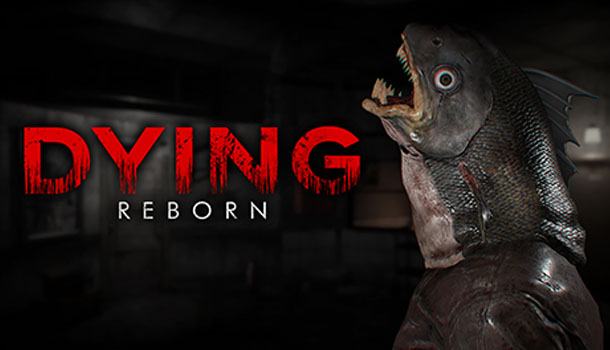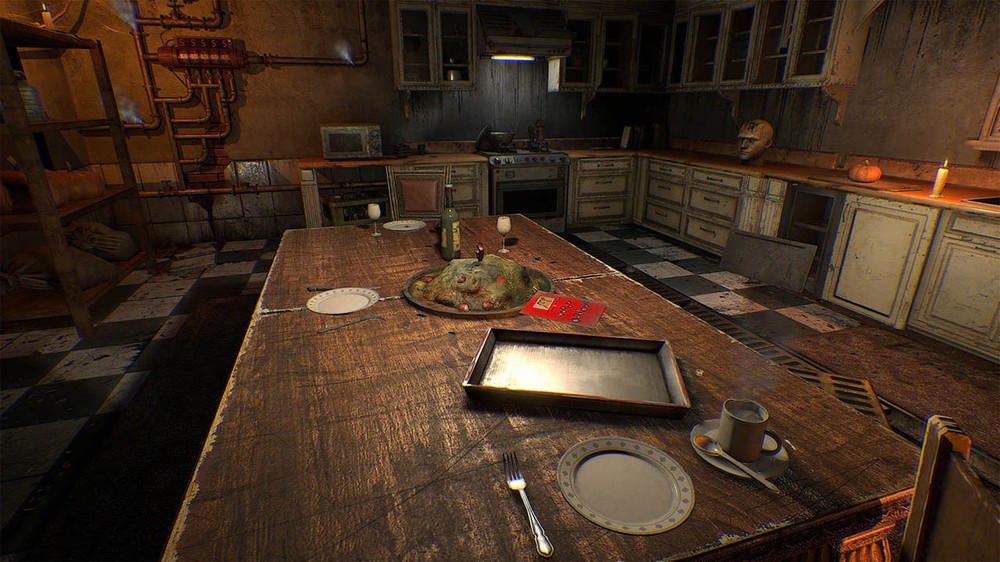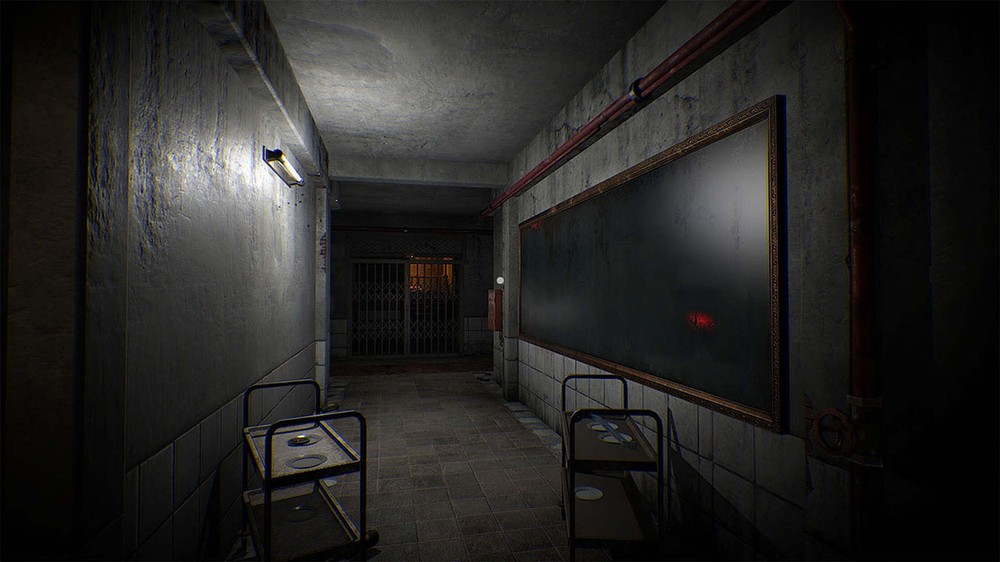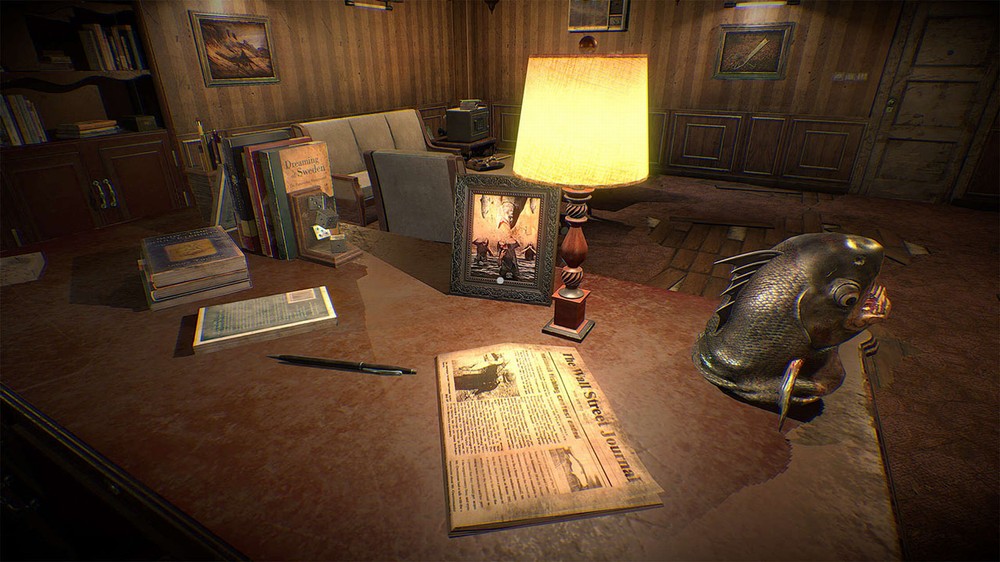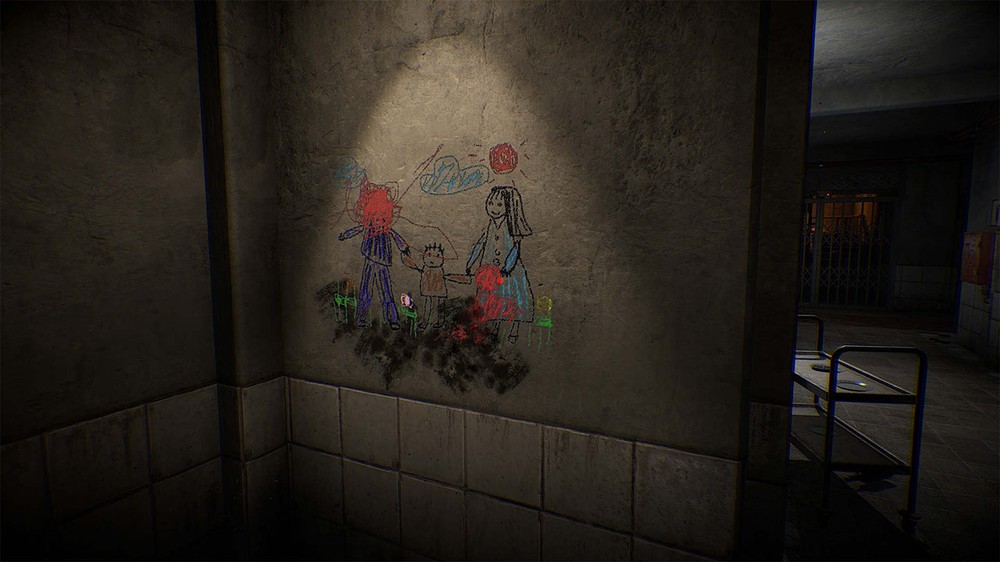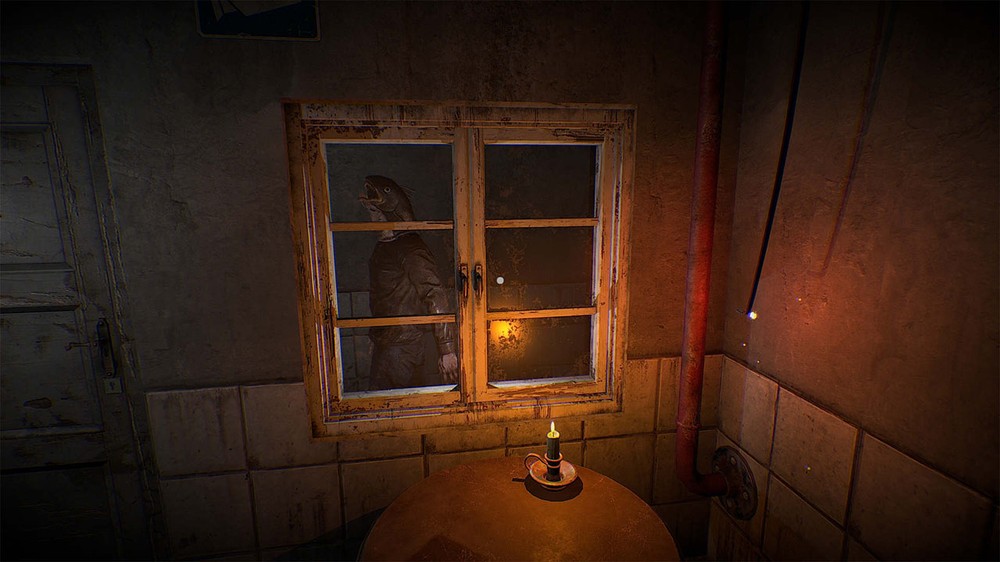DYING: Reborn is billed as a VR adventure game, but ultimately comes off as more of a series of escape rooms, which is fine if you know that going in, but for those like me expecting some cool story and horror elements, just know that endless puzzles far outweigh the narrative in this dark and disappointing thriller.
I guess the first point of contention is the way this game is being marketed. Available for PS4, PSVR, and PS Vita, DYING: Reborn is sold separately for each system or you can buy the bundled version that includes all three formats for a discounted price. To make things more confusing, the VR version is an abbreviated version of the main PS4 game that tells only half the story of the six-chapter main game. While I suppose it’s nice, they give gamers the option to buy to their specific needs and save a few bucks, one has to ask how much easier it would have been to just offer a single title to serve all formats?
The first-person perspective of DYING: Reborn immediately had me flashing back to my days of exploring and solving puzzles in the various Myst games, and for the most part you’ll play the same way. Exhaustive searching of every pixel in the environments will yield clues, secrets, and items you can collect to solve puzzles that range from sinister to simple. While not as dull as those hidden-object games you’ll find on mobile platforms, DYING: Reborn does come across as being light on story, and when the narrative does rise to the surface it is quickly squashed by more puzzles.
One typically associates adventure games with amazing visuals yet the graphics in DYING: Reborn are dark, depressing, and often downright ugly. Admittedly, this is a horror game, but there is definitely an overall lack of polish in making even the ugly side of adventure attractive. Textures are lacking and there is an overall lack of detail lost in a sea of blacks and greys. An already-dark game is made even darker when you tack on VR, and the screen door effect becomes overwhelmingly distracting. Things get a bit sharper in the better-lit corridors and rooms, but even then, environments and objects lack that next-gen polish.
The audio is merely average with typical music and reasonably good sound effects, but the voice acting left much to be desired. It totally failed to engage me in the already limited story potential of the game. One could argue that DYING: Reborn is good in an intentionally bad kind of way – if only there were some robot silhouettes in the corner doing commentary.
Controls were fine, as you slide around the levels interacting with bits of the environment, but there was never a time when a felt scared. The most disturbing thing about this game is the dude with the fish head in the logo. Even the in-your-face factor of VR doesn’t up the scares like it did in Resident Evil 7. Admittedly, the game does offer a few challenging and clever puzzles, but most gamers won’t want to endure the package that contains them.
I tried the game on all three formats, playing mostly on the standard PS4. The PSVR version sacrifices overall brightness, making it harder to pick out details in the environments, and it’s also a truncated version of the main game. The PS Vita’s smaller screen inherently sharpens the visuals, but you’ll need to play in a totally dark environment to see and play the game effectively in many of the darker scenes.
Puzzle addicts and those who enjoy escape-room scenarios might find $10 worth of enjoyment if they could get all three versions of DYING: Reborn for that price, but $10 for a limited VR edition or $25 for the complete package is just a bit more than I am willing to recommend at this time. There are much better adventures and scares to be had on your PS4, VR, and Vita.

